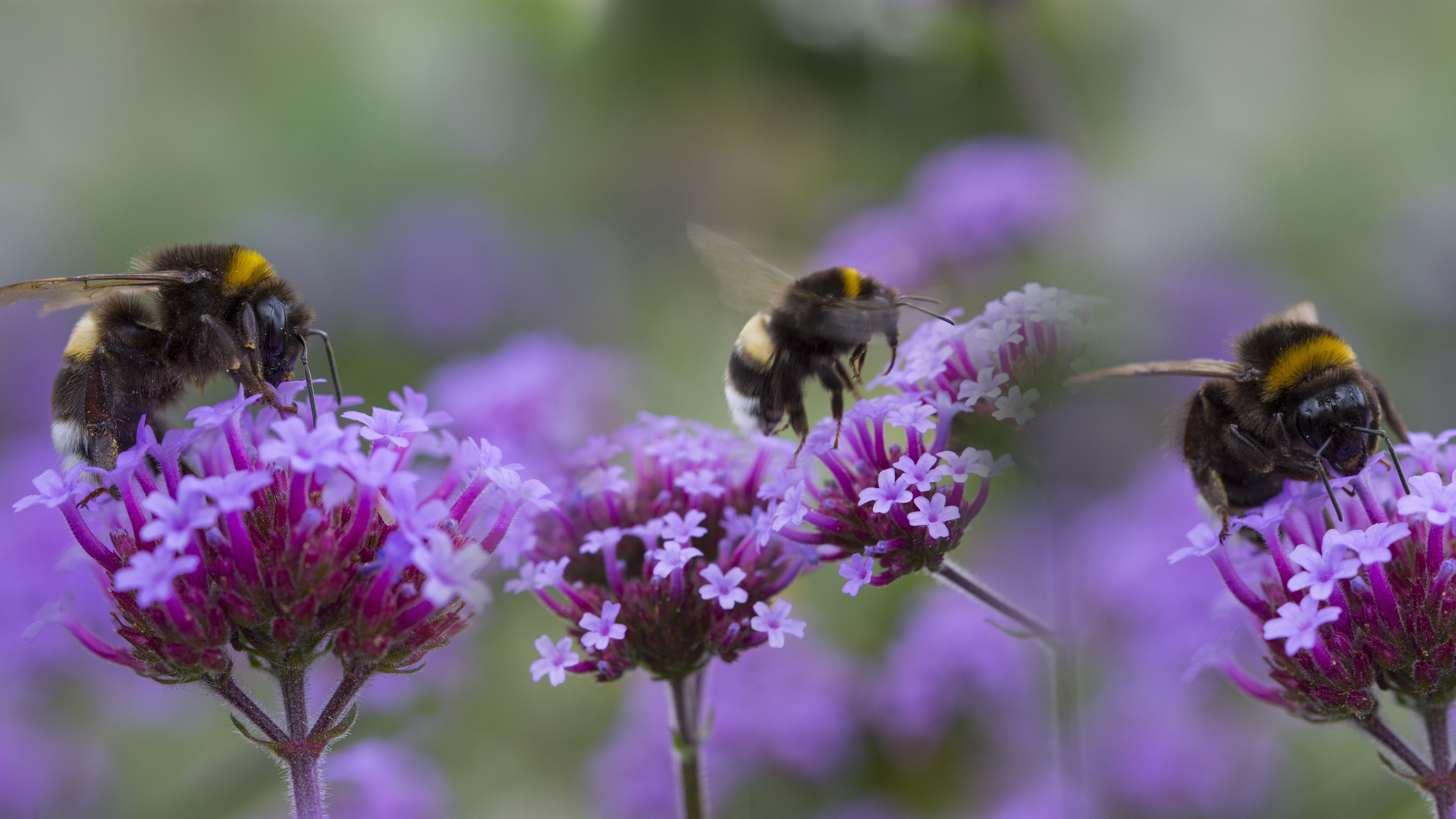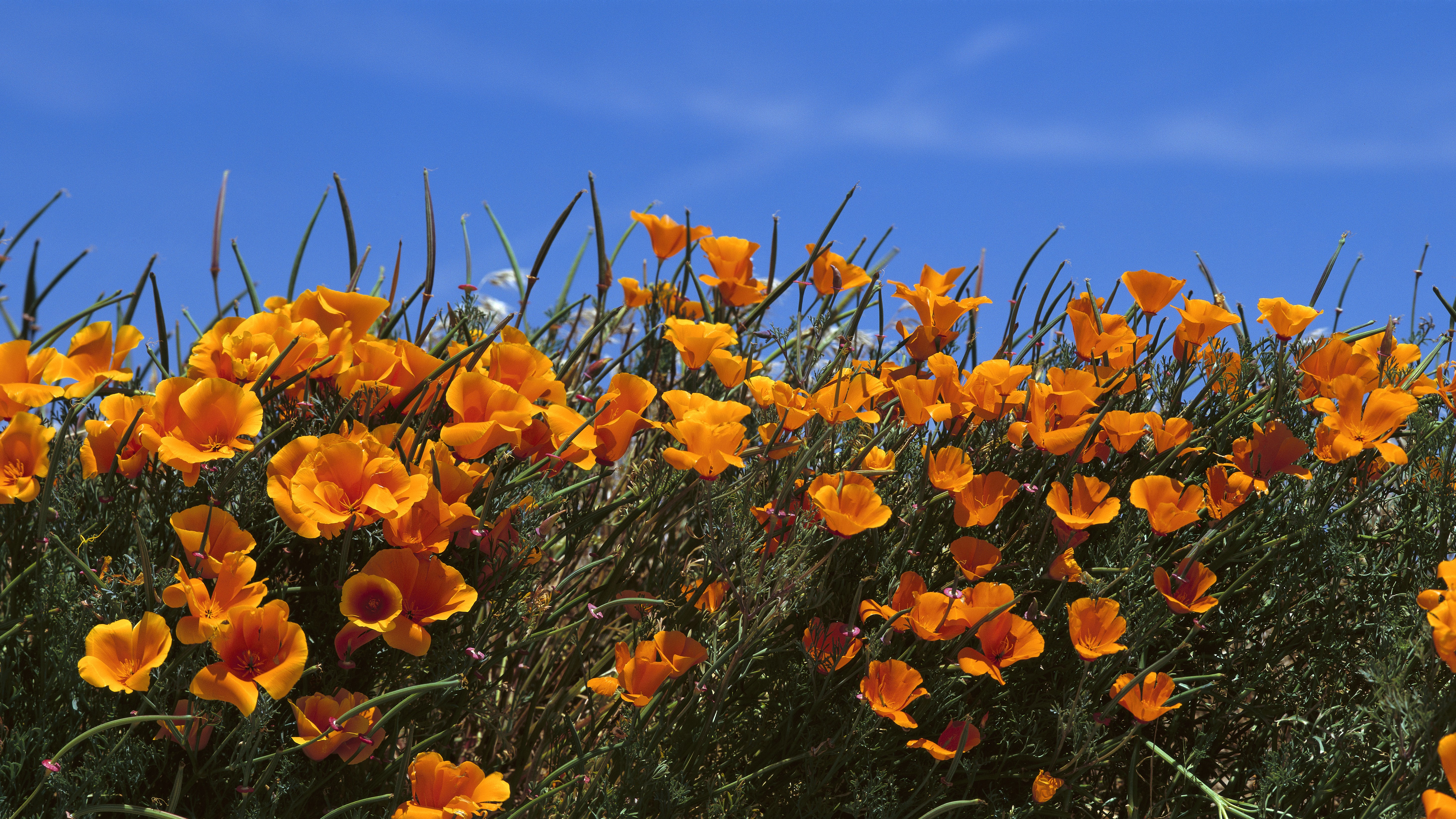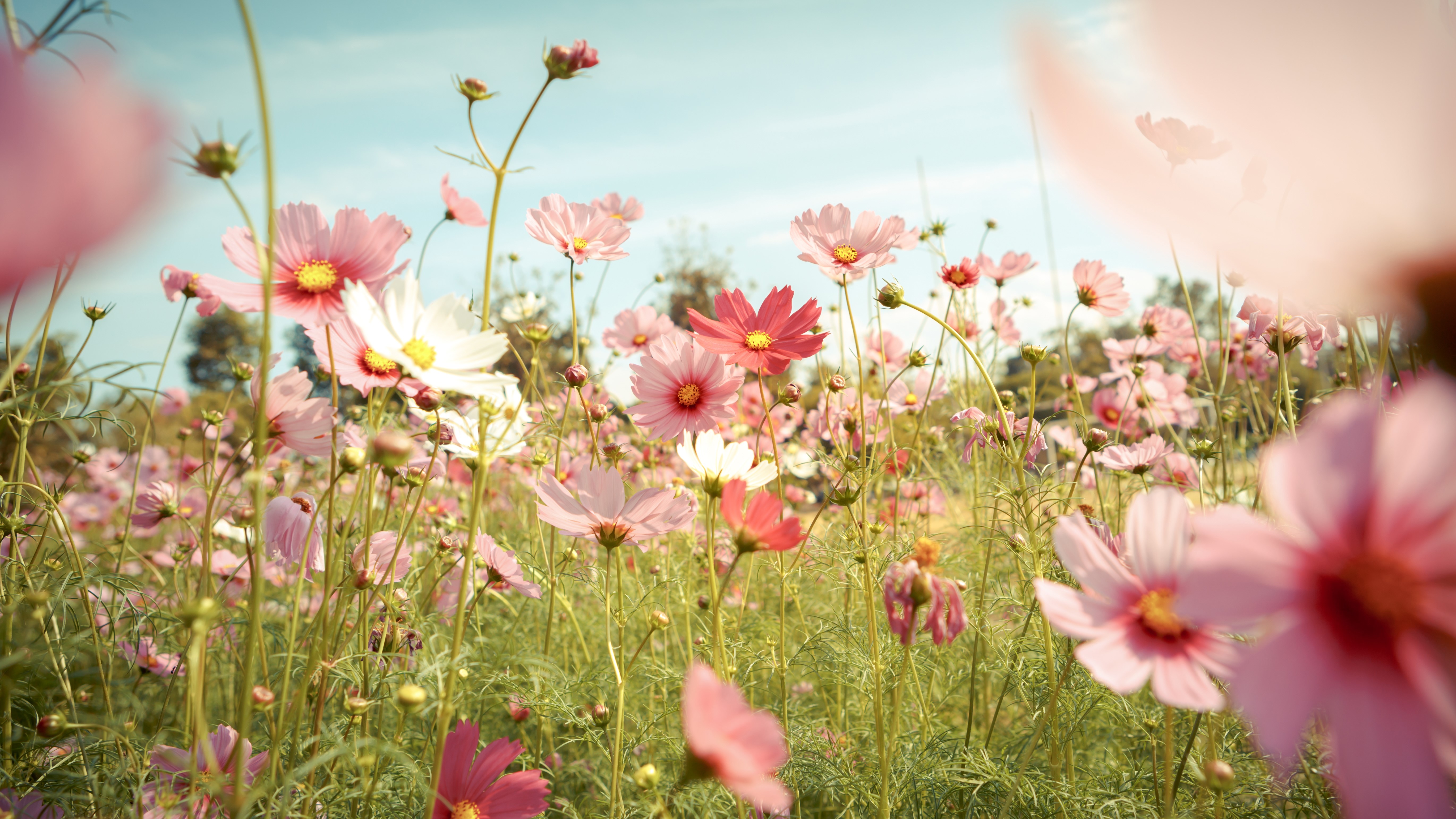
Bee Friendly Gardening
You’ve probably heard that bee populations have been declining. But did you know that 1/3 of plants we eat depend on bees for pollination? Without bees, we would likely lose many of our favorite fruits and veggies, like blackberries, apples, almonds, tomatoes and peppers! Though the many causes of bee population decline are not yet well understood, pesticide use and habitat destruction definitely play a part. So what can you do to help? Provide food and habitat for those bees!
Types of bees
Aside from the familiar honeybees and bumble bees, there are about 1600 different bee species native to California! Some of these lesser known species, like digger bees, leafcutter bees, mason bees, and carpenter bees are actually more efficient pollinators that honeybees. Most of these species are solitary bees, meaning they live on their own rather than in hives. Though honey bee population decline gets a lot of attention (and rightfully so!) we are losing many of our native bee species at an even faster rate.
Creating habitats
Leaving small, unplanted areas and/or small brush piles can provide habitat for solitary bee species. Alternatively, you can make or purchase an “insect hotel,” which has small holes drilled in wood – perfect homes for bees and other beneficial insects. You can also encourage bees to spend time in your garden by having a place for them to drink. Use a shallow bird bath or bowl of water and place rocks in it. This provides the bees with a place to rest while they drink. Make sure the water is not too deep, or the bees could drown.
Selecting a Site
Bees prefer to visit flowers in sunny areas, so select some sunny areas to devote to your bee garden. If you have a large garden, great! Bees like to visit large patches of single varieties at a time. The ideal size is at least 3.5’ X 3.5’ for each plant species. Group like plants together in masses to encourage bees to hang around.
You can still benefit bees even if you don’t have a lot of space. Utilize small groupings of a few carefully selected plants to entice bees. Use vertical space to maximize your plantings: consider hanging baskets or other containers planted with both trailing and taller species to make the most of a small garden.
Selecting plants
A bee garden can be as simple or as detailed as you’d like. The most important thing is to have flowers blooming for as much of the year as possible, to provide bees with food year round. To benefit the widest variety of bee species, choose plants that have flowers in different sizes, shapes, and colors. Bees like to visit gardens with a diverse plant selection, and this diversity helps ensure that bees can get enough nectar and pollen. Try to include some native plants, as studies have shown that native plants are up to four times more effective at attracting bees than exotic plants! See the list below for some California native and exotic ornamental plant suggestions that are sure to attract bees.
Care
Don’t use pesticides! Pesticides, especially neonicotinoids, can be extremely harmful to bees and other beneficial insects. Ensure that any plants you purchase were not pretreated with insecticides, which can harm bees and other insects. If you do have a pest problem, consider purchasing ladybugs or other beneficial insects to help control the problem naturally. Some natural insecticides like neem oil and Bt can also be helpful, but should be applied carefully in the evening when bees are at rest and allowed to dry before bees are expected to come in contact with the plants.
You can help to extend the bloom of many annuals and perennials by deadheading spent blooms. Doing so allows the plants to put more energy into creating new flowers. Be sure to leave flowers intact at the end of the season to allow them to go to seed so they can propagate new plants for the following year.
Fertilizing plants regularly can also help to boost plant health and flower production. We recommend EB Stone Organics All-Purpose Plant Food or a top dressing of EB Stone Organic Compost.
California natives for bee gardens:
California Fuschia – Epilobium canum
California Lilac – Ceanothus spp.
California Poppy – Eschscholzia californica
Cleveland’s Sage – Salvia clevelandii
Foothill Penstemon – Penstemon heterophyllus ‘Blue Springs’
Lacy phacelia – Phacelia tanacetifolia
Manzanita – Arctostaphylos spp.
Red Buckwheat – Eriogonum grande var. rubescens
Sunflower – Helianthus annuus
Tidy Tips – Layia platyglossa

Garden plants for bee gardens:
Most herbs, if allowed to flower – Basil, Borage, Marjoram, Rosemary, etc.
Bulbine – Bulbine frutescens
Catmint – Nepeta
Cosmos – Cosmos
Globe Thistle – Echinops
Lavender – Lavandula
Mexican Sunflower – Tithonia
Monch Aster – Aster x frikartii ‘Monch’
Pincushion Flower – Scabiosa spp.
Russian Sage – Perovskia atriplicifolia

Jessie Bauer
Garden Customer Service Associate



